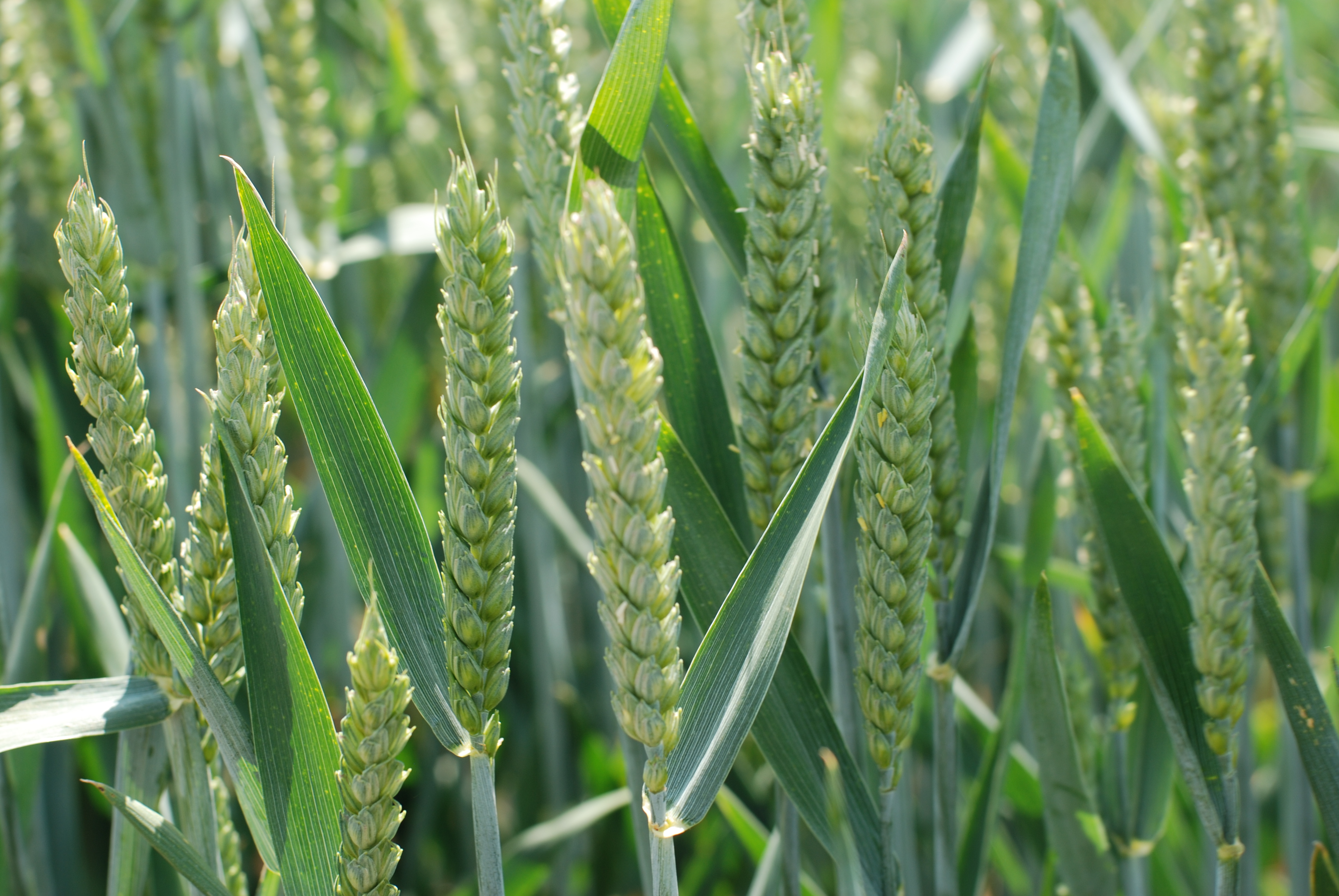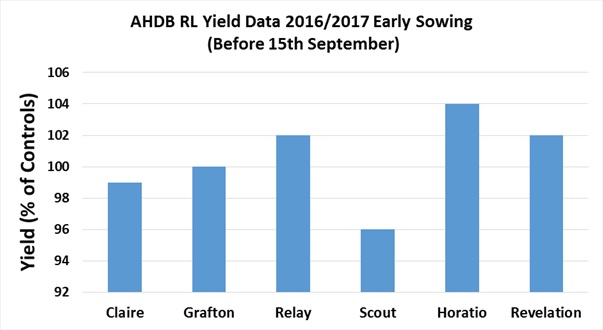
The early sowing of wheat has possibly lost favour and indeed is frowned upon by many growers and agronomists who have moved away from this concept due to ever increasing blackgrass levels on farm.
Nevertheless, growers without blackgrass problems still have the opportunity to , and can continue to benefit from, drilling crops early, says Ron Granger, technical arable manager for seed breeders Limagrain UK.
“Although growers in the main have moved away from the extreme early drilling scenario of early to mid-August practiced by many a decade ago."
"Earlier drilling which is now considered to be before mid-September does have benefits - taking advantage of mild autumn weather to establish crops before the weather closes in for the winter. “
Early drilling however does have significant risks recognises Mr Granger, and is a major test for both grower and variety both in terms of crop management and variety suitability.
“Early sown crops will be taller and hence carry a higher risk of lodging, and disease susceptibility will certainly be higher."
"It is thought that a variety’s ratings for both lodging and disease susceptibility can be reduced be one point on the AHDB Recommended List.”
Most commercial varieties currently available are products of breeding programmes and varietal testing that is targeted at traditional sowing dates in October.
"Although the AHDB does produce data on earlier sowing dates, this is quite limited, he points out.
“At Limagrain we evaluate lines in more depth to ensure they meet the specifications required for early drilling and this is done through additional plot and field trials both internally and externally with partners, to ensure a variety is fit for purpose. “
“Of course this work is carried out over several seasons as it is not in the interest of a breeder to push a variety into such a high risk situation without it being fully evaluated.”
In order for a variety to be deemed suitable for the earlier drilling slot, it should ideally have a number of key agronomic characteristics, highlights Mr Granger.
Good straw strength
Early sowing does tend to produce plants with a greater biomass, due to increased stem length and extra tillers per plant which in turn increases lodging pressure.

Mr Granger advises a good split PGR programme at the key crop development phases of stem elongation.
Prostrate winter habit with high tiller number
A prostrate winter habit is essential to prevent the crop becoming too erect and over proud through the winter which can produce plant loss from winter kill or frost damage to the growing point in the early spring.
High tillering ability is necessary as seeding rates are reduced significantly at sowing time – winter wheat plants are very adaptable and plants sown early with a high tillering capacity will produce many tillers, this also ensures better standing ability.
Growth habit differences in the spring
Historically varieties for the ‘very early drilling’ scenario required a very slow apical growth in the early spring.
However, we have learnt that actually varieties that sit with a prostrate habit in the winter, with a faster development in the spring do perform in this situation if the variety has good ear fertility.
“Interestingly in a blackgrass situation you actually do not want plants with a late prostrate growth habit in the spring as they struggle to compete with the growing blackgrass population.
"You actually need plant ideotypes that have an earlier plant / ear development so that they grow and compete with the blackgrass.”
Good disease resistance
Good disease resistance should be considered of high importance for the earlier drilling concept – earlier drilling leads to more nitrogen being taken up in the autumn leading to lusher growth and a consequent greater risk of foliar disease.
Root and stem disease, noticeably eyespot, is considerably greater even in a first wheat situation and eyespot resistant varieties and a good seed treatment for control should be considered.
The fungicide programme for earlier drilled wheats will certainly have to be adjusted to take into account both the possibility of greater disease pressure.
More importantly timings of application must be considered, as earlier drilled crops will certainly move quicker through the growth stages compared to crops drilled later at the more traditional sowing dabtes.
Ear fertility
The ear fertility of the variety in the earlier drilled scenario is certainly a significant attribute for full yield potential.
This is regarded of high importance and Limagrain test varieties to the extreme to tease out the differences to ensure varieties will perform in this situation.
Determining variety differences for ear sterility is not easy and collating of data over regions and seasons is essential in ever changing environments.
High specific weights
Varieties with good specific weights should be considered for the earlier drilling period.
High ear numbers from early sowings can reduce specific weights so it’s important to ensure that thick crop canopies are managed by either delayed nitrogen timings or good PGR programmes to establish targeted ear numbers for optimal yield.
Yield performance
Although early drilling does not guarantee additional yield performance it’s important that the variety fits the criteria and does well on farm both in terms of yield and agronomic type.
